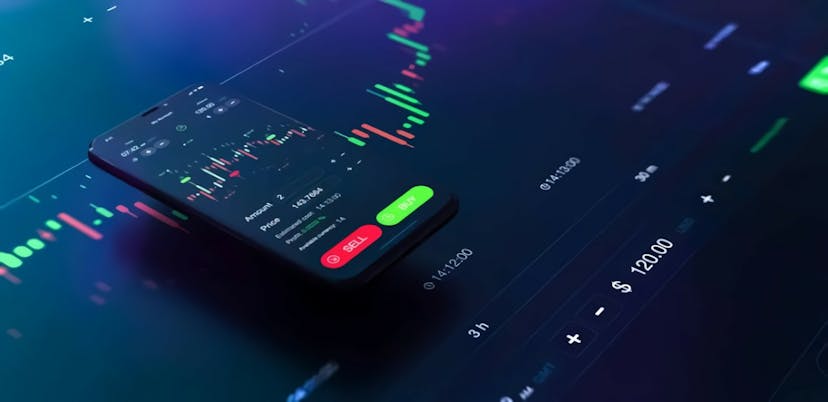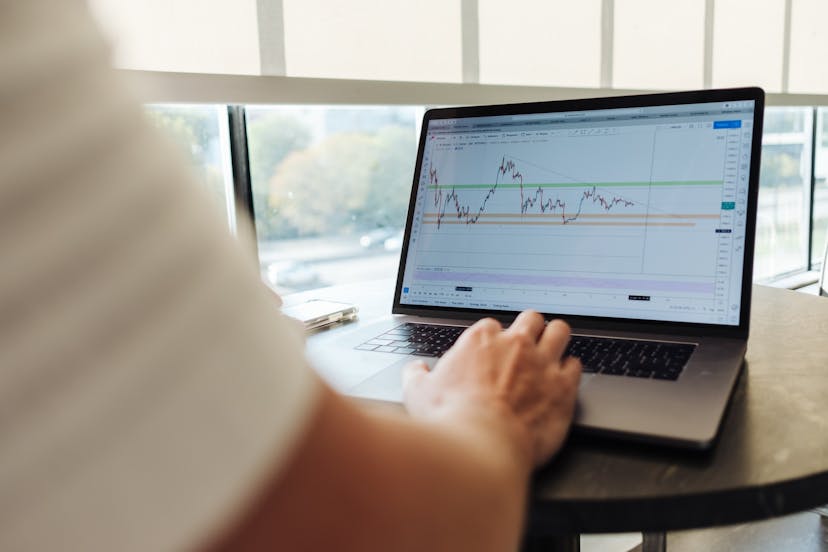Introduction
In the world of financial markets, futures trading plays a significant role. It allows traders to speculate on the future price movements of various assets, such as commodities, currencies, or stock indexes. However, successful futures trading requires more than just luck. It demands a well-thought-out strategy and an understanding of the market dynamics. In this article, we will explore effective strategies for futures trading that can help you navigate this complex and potentially profitable arena.
Table of Contents
- Understanding Futures Trading
- Fundamental Analysis
- Technical Analysis
- Trend Following
- Breakout Trading
- Contrarian Approach
- Risk Management
- Stop-Loss Orders
- Diversification
- Paper Trading
- Emotional Discipline
- Leveraging Technology
- Seasonal Trading
- News-Based Trading
- Conclusion
- Frequently Asked Questions (FAQs)
Understanding Futures Trading
Strategies for Futures trading involve buying or selling contracts that specify the future delivery of an underlying asset at a predetermined price. It allows traders to profit from price movements without owning the actual asset. Before diving into strategies, it’s essential to grasp the basics of futures trading, including contract specifications, margin requirements, and market mechanics.
Fundamental Analysis
Fundamental analysis involves evaluating the intrinsic value of an asset based on economic, financial, and qualitative factors. By analyzing supply and demand dynamics, geopolitical events, and economic indicators, traders can make informed decisions about the future price movements of a particular futures contract.
Technical Analysis
Technical analysis focuses on studying historical price patterns and market trends to predict future price movements. Traders utilize various tools such as charts, indicators, and oscillators to identify patterns and entry/exit points. Technical analysis helps traders identify trends, support and resistance levels, and potential reversal patterns.
Trend Following
Trend following is a popular strategy in futures trading. It involves identifying and trading in the direction of established market trends. Traders use indicators like moving averages, trend lines, and momentum oscillators to determine the overall market trend and enter positions accordingly. This strategy aims to capture profits from sustained price movements.
Breakout Trading
Breakout trading involves entering a position when the price breaks through a significant level of support or resistance. Traders anticipate that the breakout will lead to a substantial price movement in the same direction. This strategy requires careful monitoring of price patterns and volume to confirm breakouts and minimize false signals.
Contrarian Approach
The contrarian approach goes against the prevailing market sentiment. Traders using this strategy believe that market trends often overextend, leading to reversals. By identifying overbought or oversold conditions, contrarian traders take positions that go against the prevailing trend, expecting a price correction.
Risk Management
Risk management is a crucial aspect of successful futures trading. It involves implementing strategies to protect capital and minimize losses. Traders should determine their risk tolerance, set stop-loss orders, and calculate position sizes based on their risk-reward ratios. Implementing risk management techniques helps traders stay in the game and avoid excessive losses.
Stop-Loss Orders
Stop-loss orders are essential risk management tools. These orders automatically close a position when the price reaches a specified level, limiting potential losses. Traders should carefully set stop-loss levels based on their risk tolerance and the volatility of the futures contract they are trading.
Diversification
Diversification is a risk reduction technique that involves spreading investments across different assets or markets. By diversifying their portfolio, traders reduce the impact of individual contract performance on their overall profitability. It is crucial to select contracts from various sectors or asset classes to minimize exposure to specific risks.
Paper Trading
Paper trading, also known as simulated trading or virtual trading, allows traders to practice their strategies without risking real money. Many brokerage platforms offer paper trading accounts that provide a simulated market environment. Traders can test their strategies, analyze performance, and gain experience before committing real capital.
Emotional Discipline
Emotional discipline is essential in futures trading. Emotions such as fear and greed can cloud judgment and lead to impulsive decisions. Successful traders remain disciplined and stick to their predefined strategies, even in the face of adverse market conditions. Keeping emotions in check is crucial for maintaining consistency and avoiding costly mistakes.

Leveraging Technology
In today’s digital age, technology plays a vital role in futures trading. Traders can utilize advanced trading platforms, charting software, and algorithmic trading systems to enhance their decision-making processes. Automated tools can help identify trading opportunities, execute trades, and manage risk more efficiently.
Seasonal Trading
Seasonal trading involves analyzing the historical patterns of price movements that recur during specific times of the year. Certain commodities, such as agricultural products or natural gas, exhibit seasonal trends influenced by factors like weather conditions, harvest cycles, or consumer demand. Traders who can identify and capitalize on these seasonal patterns may achieve a competitive edge.
News-Based Trading
News-based trading involves taking positions based on significant news events or economic announcements that can impact futures markets. Traders closely monitor news sources and economic calendars to stay informed about upcoming events that may cause price volatility. Rapid reactions to news can lead to profitable opportunities for those who can quickly interpret and act upon the information.
Conclusion
Strategies for futures trading offer immense potential for profit, but it requires skill, knowledge, and a well-defined strategy. By understanding the fundamentals, conducting thorough analysis, implementing risk management techniques, and leveraging technology, traders can increase their chances of success. Remember, no strategy guarantees profits, and continuous learning and adaptation are crucial for long-term profitability in the dynamic world of futures trading.
Frequently Asked Questions about the Strategies for Futures Trading (FAQs)
Q1: What is the minimum capital required to start futures trading?
A1: The minimum capital required to start futures trading varies depending on the brokerage and the contract being traded. It is essential to check with your broker for specific requirements.
Q2: Are futures contracts suitable for beginner traders?
A2: Futures trading can be complex and involves inherent risks. Beginner traders should start with a solid understanding of the market and gain experience through practice and education before committing real capital.
Q3: Can I trade futures contracts on any asset?
A3: Futures contracts are available on various assets, including commodities, currencies, stock indexes, and interest rates. Different exchanges offer contracts for different assets.
Q4: How can I manage the risk of futures trading?
A4: Risk management techniques include setting stop-loss orders, diversifying your portfolio, and practicing emotional discipline. It is crucial to carefully assess and manage risk to protect your capital.
Q5: Is it possible to trade futures contracts outside regular market hours?
A5: Some futures contracts may have extended trading hours, allowing traders to enter or exit positions outside regular market hours. It is essential to check the trading hours of the specific contract you are interested in.



